Prototypes, color concept models, and simulated overmold parts in days
Free shipping on all US orders
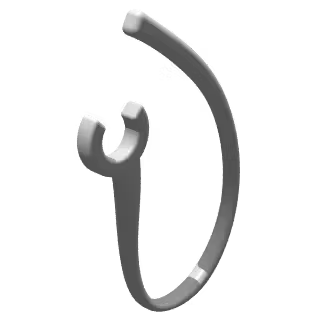
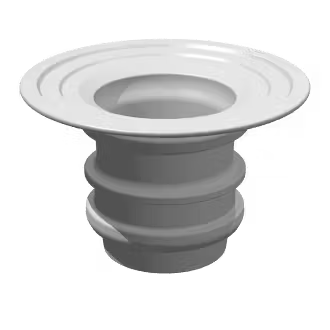
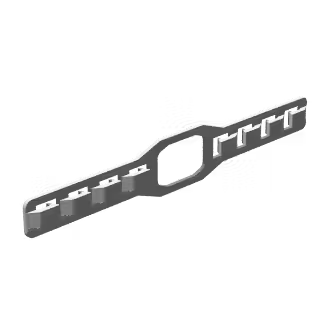
STEP | STP | SLDPRT | STL | DXF | IPT | 3MF | 3DXML | PRT | SAT files
All uploads are secure and confidential.
Xometry’s Instant Quoting Engine is covered by U.S. Pat. Nos. 11,086,292, 11,347,201, 11,693,388, 11,698,623, 12,099,341, and 12,189,361. Other patents pending.
PolyJet printing is a 3D printing technology known for its customizable material properties, excellent surface finish, incredible precision and speed. Our PolyJet machines support the ability to simultaneously print multiple materials and simulate rubber materials of different durometers, multi-color 3D printing, transparent or translucent parts, and simulated overmolds.
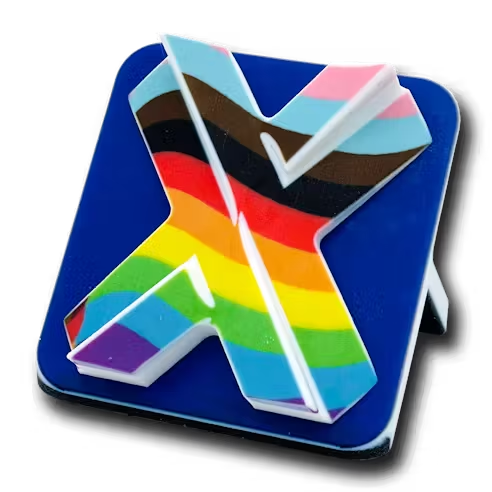
| Material Name | Description | Shore Hardness | Elongation at Break (%) | Notched Impact Strength (J/m) |
|---|---|---|---|---|
| Photopolymer, Rigid | VeroUltra™ Black (RGD865), VeroUltra™ White (RGD825), VeroUltraClear Component (RGD820), VeroClear (RGD810) | 83D - 86D | 7% - 12% | 19 - 25 J/M |
| Photopolymer, Rubber-like (Digital rubber) | Agilus30 + Vero | 26-28A, 35-40A, 45-50A, 57-63A, 68-72A, 80-85A, 92-95A | 185% - 230% | N/A |
| Multi-Material, Mult-Color, Digital material | Combination of two or more PolyJet materials | Varies | Varies | Varies |
Digital material properties, such as Shore A rubber-like, may vary due to their microstructure and printed geometry.
Xometry offers a full-color, high quality 3D printing service in addition to black, white, translucent, and grayscale utilizing the latest generation of PolyJet equipment from Stratasys. With over 600,000 available colors, Xometry can print color 3MF and other 3D formats. Have a Pantone, RAL, HEX, CMYK, or other color input? Choose “Custom” and write in the combination in your notes for a Xometry quote!
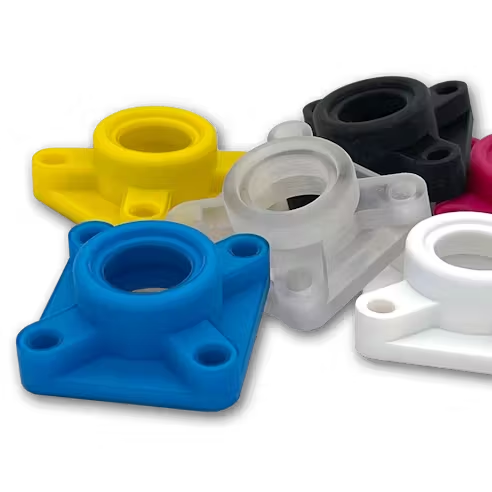
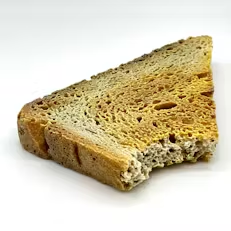
PolyJet Rigid Multi-Color
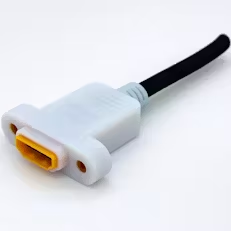
PolyJet Multi-Material
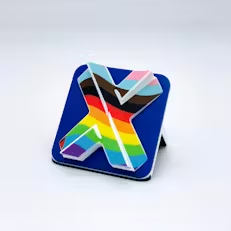
PolyJet Rigid Multi-Color
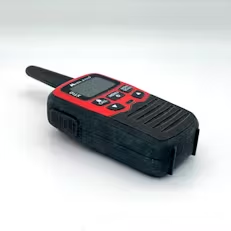
PolyJet Rigid Multi-Color
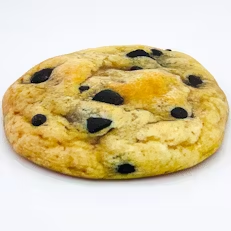
PolyJet Multi-Color
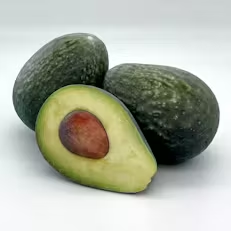
PolyJet Rigid Multi-Color
Learn the best practices and methods for full color 3D printing and how to order a full color print using Xometry’s PolyJet services.
Xometry can provide additional processing and finishes to meet your needs. For example, you can request the print “Glossy,” a software setting that gives any upper-facing features a glossy appearance. Note that the Glossy setting will still make the underside and vertical edges matte and layer/streak lines may be prominent.
Free shipping available for domestic 3D printing orders ; learn more!

The speed, efficiency, and range of build materials make PolyJet 3D perfect for concept models.

PolyJet 3D can be used to create quick-turn prototypes and test fit and finish.
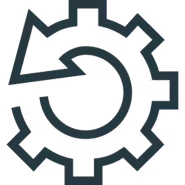
PolyJet 3D is ideal for making tools, jigs, and fixtures that can be used in production settings
Creates complex shapes with a high degree of precision that would otherwise be impossible to build via traditional manufacturing processes.
PolyJet 3D can build vastly different part geometries, unlike traditional processes that would necessitate a complete retooling of an assembly line to produce a different part.
Offers a vast material selection with a range of properties, as well as the ability to print multiple materials and simulate overmolds.
Because PolyJet 3D can create complex and multi-material parts in a single operation, significantly less build time is needed vs. traditional manufacturing. We can have parts to you in as fast as days.
Free shipping available for domestic 3D printing orders ; learn more!
| Material Name | Description |
|---|---|
| General Tolerances | +/- 0.004” for the first inch is typical, plus +/- 0.002” for every inch thereafter. |
| Build Area | Build area up to 19.3" x 15.4" x 7.9". |
| Minimum Feature Size | 0.050" or greater for rigid. 0.060" or greater for rubber-like. |
| Standard Layer Height | 0.0010" layers. |
This table depicts the general tolerances and guidelines for polyjet 3D printing. General tolerances apply before secondary finishing or post-processing unless otherwise specified. Please check out Xometry’s Manufacturing Standards for more information on tolerances per process.
Xometry can vapor smooth 3D printed parts to achieve an exceptional surface finish. Vapor smoothing, performed through AMT PostPro3D’s technology, is a batch-based automated smoothing process that achieves a high-quality surface. Combined with the low costs of HP MJF technology, this surface finish can make parts competitive with injection molding from both form and function. Vapor smoothing creates a uniform, sealed surface with a semi-gloss appearance. The enhanced surface also increases the overall performance of 3D printed parts including ultimate tensile strength, yield at flex, and percent elongation to break. Vapor smoothing can also be applied to selective laser sintering, and fused deposition modeling parts for both rigid plastics and elastomers.

While there are many benefits to MJF printing, a few truly stand out. For starters, the standard build parameters are optimized for the best density. The result is that Multi Jet Fusion parts are watertight.
If you like SLS but want to produce higher quantities for small-batch production runs, Multi Jet Fusion is the way to go. MJF printers have the ability to print multiple parts simultaneously across the entire build volume means you can print parts at rates up to 10X faster than SLS or other 3D printing processes. Also, Multi Jet Fusion delivers more balanced mechanical properties across the X, Y, and Z axes compared to SLS.
If you’re interested in injection molding for your project, it’s always a good idea to get a 3D printed “test” part before making the investment in metal molds. While SLA is a great printing process for extremely detailed and high-resolution prints, the UV cured resins are not as tough as traditional thermoplastics. Prints begin to degrade when exposed to UV light and moisture. Multi Jet Fusion, on the other hand, can produce extremely accurate prints while also maintaining the structural durability of traditional thermoplastics, especially when using glass-filled nylon. This makes it a great process for testing fit and functionality before taking your project to injection molding.

In the table below, you will find our standard MJF tolerances for prototype orders. These include one-off or first-time prints, non-production orders, and auto-quoted orders that have not received a manual engineering review.
MJF Prototype Tolerances Based on HP 5200-Series, Balanced Mode
| Material Type | Under 30 mm (1.2") | 30 - 50 mm (1.2" - 2.0") | 50 - 80 mm (2.0" - 3.2") | > 80 mm (3.2") |
|---|---|---|---|---|
| Rigid Materials (Nylon, PP) | ± 0.70 mm (.028") | ± 0.85 mm (.033") | ± 1.40 mm (.055") | ± 1.75 % |
| Rubber-Like (TPU) | ± 1.05 mm (.041") | ± 1.35 mm (.053") | ± 1.80 mm (.071") | ± 2.25 % |
Results are typical for MJF orders without additional engineering review.
Tolerances tighter than prototype tolerancing can be guaranteed after additional engineering review. This includes higher volume production part orders and orders manually optimized by our engineering teams, often after an initial prototyping run.
Engineered & Production MJF Tolerances Based on HP 5200-Series, Balanced Mode
| Material Type | Under 30 mm (1.2") | 30 - 50 mm (1.2" - 2.0") | 50 - 80 mm (2.0" - 3.2") | > 80 mm (3.2") |
|---|---|---|---|---|
| Rigid Materials (Nylon, PP) | XY = ± 0.25 mm (.010") Z = ± 0.42 mm (.017") | XY = ± 0.30 mm (.012") Z = ± 0.50 mm (.020") | XY = ± 0.39 mm (.015") Z = ± 0.60 mm (.024") | XY = ± 0.5 % Z = ± 0.75 % |
| Rubber-Like (TPU) | XY = ± 0.60 mm (.024") Z = ± 1.05 mm (.041") | XY = ± 0.60 mm (.024") Z = ± 1.35 mm (.053") | XY = ± 0.60 mm (.024") Z = ± 1.80 mm (.071") | XY = ± 0.75 % Z = ± 2.25 % |
Results are typical for orders which have gone through manual engineering review and initial prototyping runs.
| Description | Tolerance Notes |
|---|---|
| Manufacturing Standards | See all of our HP MJF manufacturing standards. |
| Build Area | Build area up to 15 x 11 x 15" (14 x 11 x 13" is the recommended usable area). |
| Minimum Feature Size | 0.020" (0.040" recommended) or greater. |
| Layer Thickness | 80 Microns (0.0031") |
| HP Dimensional Accuracy Report | Download Here |
Stresses during the build and other geometry considerations may cause deviation in tolerances and flatness. Part designs with thicker geometries, flat or broad parts, and parts with uneven wall thicknesses may be prone to significant deviations or warp.

Our quick reference guides let you quickly compare different 3D printing processes!
Polyjet 3D Printing Basics
PolyJet 3D is a 3D printing technology known for its customizable material properties and excellent surface finish. It works by jetting UV curable resin onto a build tray in a process somewhat similar to inkjet printing. PolyJet 3D printing offers one of the most advanced industrial 3D printing solutions available, producing parts with incredible precision and speed. It also supports a wide variety of build materials.
How Polyjet Works
PolyJet 3D printed parts are built using photopolymer liquid resin. The printer places layers of photocurable resins onto a build tray in extremely fine layers. As the layers are placed, they are simultaneously cured via exposure to an ultraviolet (UV) light, solidifying them into solid material matching the programmed CAD file. This process repeats itself layer by layer until the entire part has been constructed. In the case of parts with complex geometries, support structures are added to the part to ensure a successful build and then manually removed during the finishing process.
Benefits of Polyjet 3D Printing
PolyJet technology is known for its customizable material properties and excellent surface finish, creating prototypes that are both detailed and smooth. Unlike traditional manufacturing processes, polyjet allows manufacturers to customize material properties, and supports various photopolymer options that can simulate a variety of different end-use materials. Combined with PolyJet’s high accuracy to CAD files and it’s overmold capabilities, this manufacturing process is a favorite for rapid prototyping.


Choose from millions of possible combinations of materials, finishes, tolerances, markings, and certifications for your orde

Get your parts delivered right to your door without the hassle of sourcing, project management, logistics, or shipping.

We are ISO 9001:2015, ISO 13485, and AS9100D certified. Only the top shops that apply to become Suppliers make it through our qualification process.

All uploads are secure and confidential
